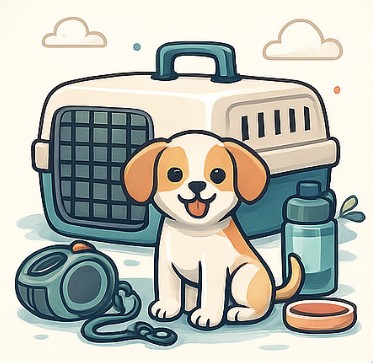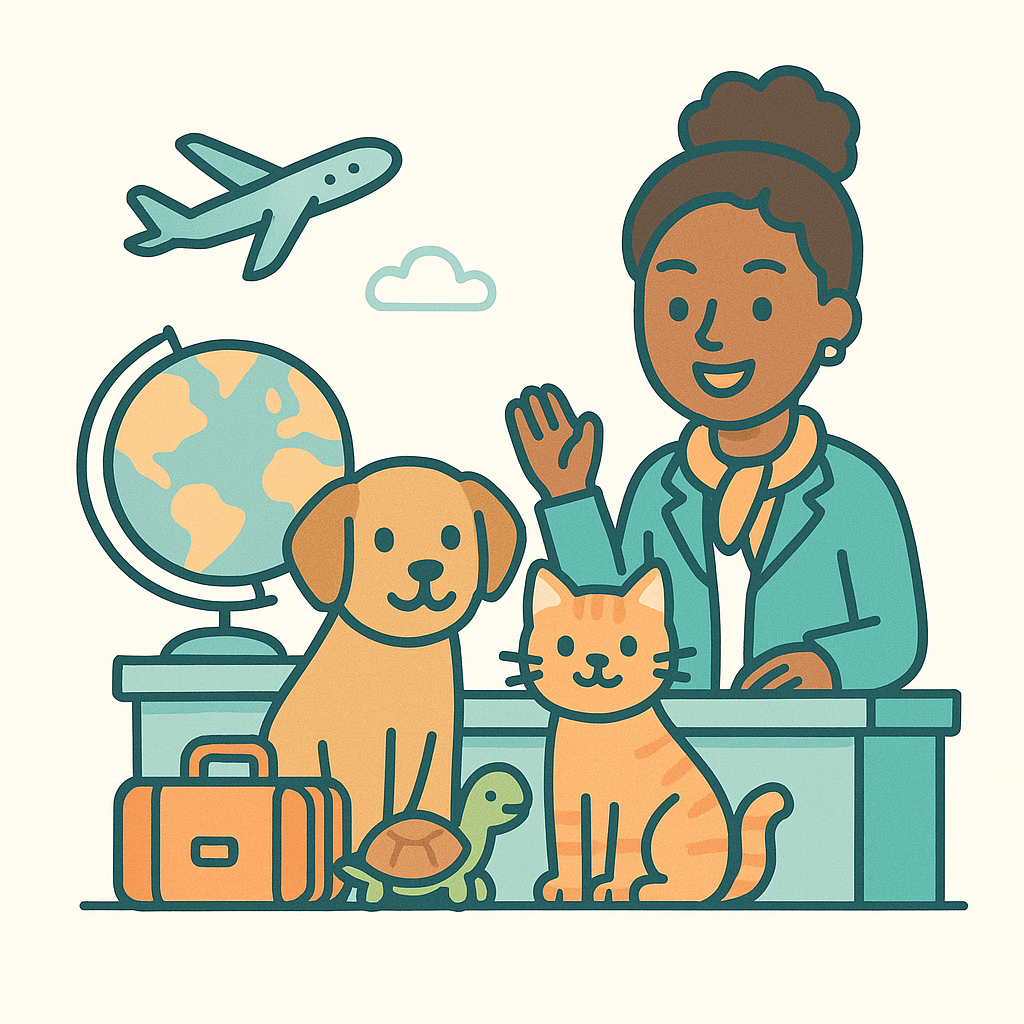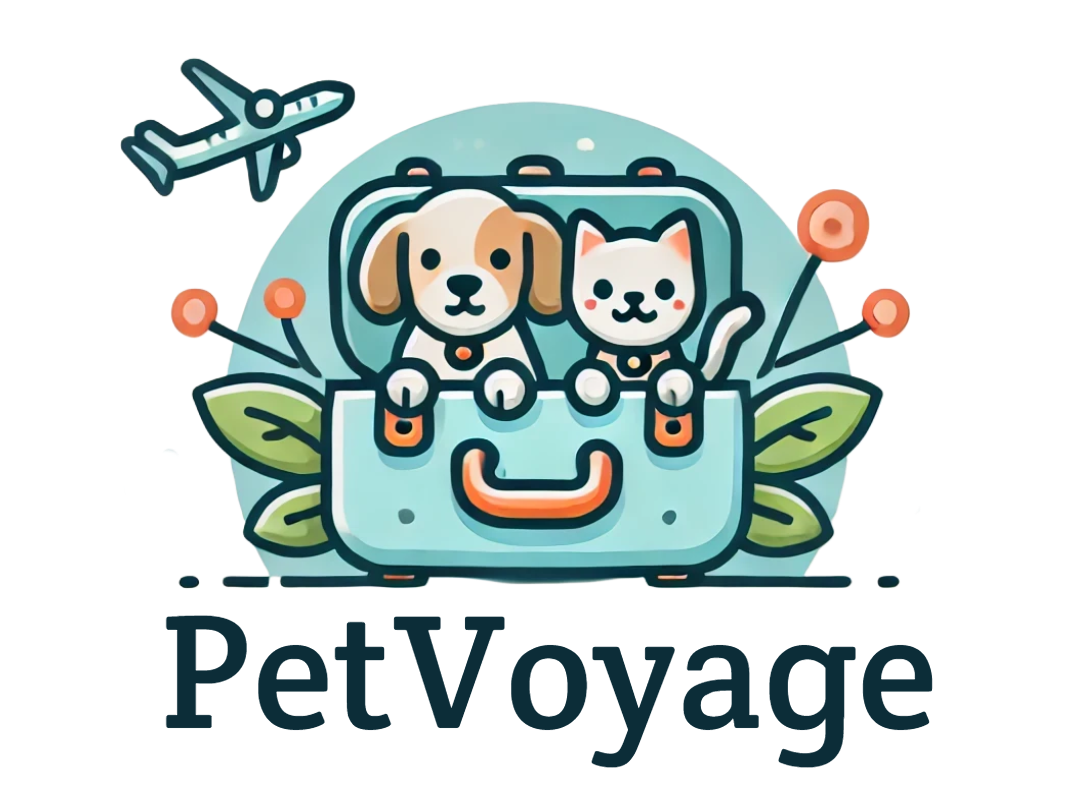Compare Pet Travel Policies Easily
Select airline, view summary, explore sections, shop travel supplies.
Gol Transportes Aéreos

Shop Dog Travel Supplies
Carriers, crates, harnesses, travel kits, medical bags — stress-free travel for dogs.
Pet Policy Summary
Air New Zealand Pet Travel Policy Summary:
- Cats and dogs are allowed as checked-in baggage on domestic flights.
- International pet travel requirements vary by destination.
- Pets in cabin must be in IATA-approved carriers permitting natural movement.
- The pet and carrier must adhere to weight and size limits.
- Service animals are welcomed on all flights, provided they are accredited.
- Extra requirements may apply based on destination.
- Prior reservation is necessary for all pet travel.
- Passengers must comply with documentation and carrier specifications.
- For further details, visit Air New Zealand's pet travel page or consult IATA Live Animal Regulations.

Pet Travel Concierge
Full-service help with flights, paperwork, and ground transport.
Health Requirements
Microchip: No
Health Certificate: No
Vaccinations: Rabies
Restrictions
Brachycephalic Breeds: Dogs: Affenpinscher (all breeds) Boston Terrier Boxer (all breeds) Brussels Griffon Bulldog (all breeds) Cane Corso Chow Chow Dogue de Bordeaux English Toy Spaniel Japanese Chin Lhasa Apso Mastiff (all breeds) Pit Bull Presa Canario Pug (all breeds) Pekingese Shih Tzu Cats: Burmese Himalayan Persian
Dangerous Breeds: American Pit Bull Terrier Dogo Argentino Japanese Tosa Brazilian Fila
Support Animals
Service Animals: Only certified service dogs are permitted in the cabins of Air New Zealand domestic and international aircraft when accompanying and assisting their handler. To prepare for travel: All service dogs travelling to New Zealand must have an import permit issued by the New Zealand Ministry for Primary Industries (MPI) indicating certification. If a standard import permit is issued without an assistance dog endorsement, the dog must travel as cargo via an approved pet transporter, and applicable costs will apply.Service Animals (In-Cabin & Support)
Emotional Support: Not specified.
Carrier Details
Compartment: Not specified.
Cargo: Not specified.
Reviews
No reviews yet. Be the first to leave a review!

Shop Cat Travel Supplies
Carriers, calming oils, seat boosters, backpacks — stress-free cat travel.
